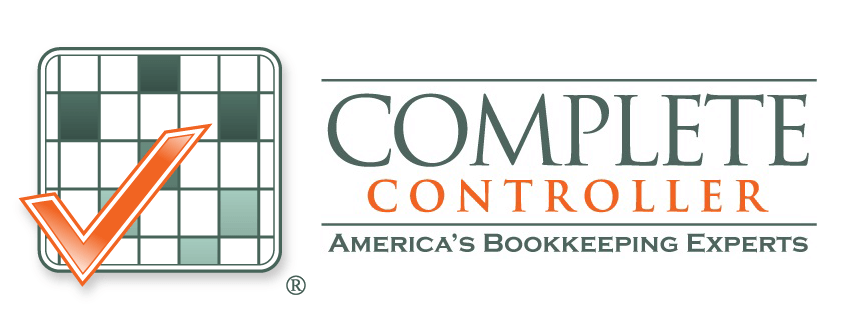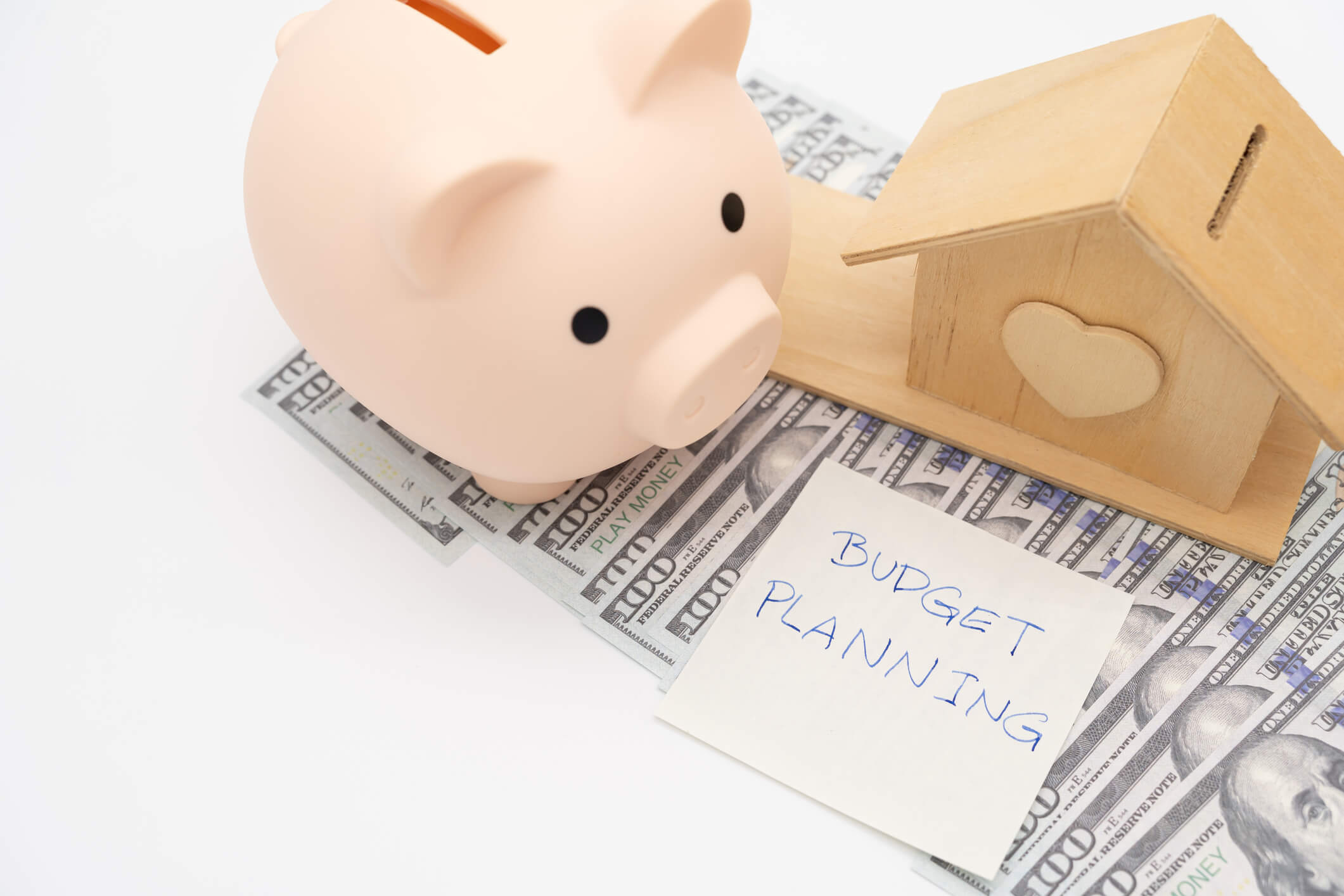Master Household Budget Strategies for Effective Money Management
Household budget strategies are systematic approaches to managing income, expenses, and savings that help families achieve financial stability through tracking spending, setting realistic goals, and selecting tailored budgeting methods. These strategies involve categorizing expenses, choosing a framework like the 50/30/20 rule or envelope system, and consistently monitoring progress to align spending with financial objectives.
Personal savings rates have plummeted from 11.7% in the 1960s to just 4.4% in 2025, while average household savings dropped 32.5% between 2019 and 2023—from $80,203 to $54,150. As CEO of Complete Controller for over two decades, I’ve guided thousands of families through financial transformations, and I’ve witnessed firsthand how the right budgeting strategy can reverse these alarming trends. This guide combines battle-tested methods with cutting-edge tools to help you build financial resilience, eliminate debt, and create lasting wealth through proven budgeting frameworks that actually work in today’s economy.

What are household budget strategies, and how do they work?
- Answer: Household budget strategies are customized financial plans that systematically allocate income across needs, wants, savings, and debt repayment
- Core components include: expense tracking systems, goal-setting frameworks, method selection processes, and behavioral adjustment techniques
- They work by creating spending boundaries, automating savings, and providing real-time visibility into financial health
- Families using structured budgets: save 30% more annually and cut debt repayment time in half
- The outcome: transforms vague financial intentions into measurable progress toward specific goals
Understanding the Core Principles of Household Budgeting
Budgeting transforms financial chaos into clarity by creating a roadmap for every dollar you earn. The foundation starts with calculating your net monthly income—the actual amount hitting your bank account after taxes, insurance, and retirement contributions. Next, categorize every expense into fixed costs (mortgage, insurance) and variable costs (groceries, entertainment).
Housing, transportation, and food consume 60.9% of average American budgets—about $48,595 annually—leaving minimal flexibility without strategic planning. This reality validates why successful budgeting requires ruthless prioritization. Track your spending for 30 days using apps like YNAB or simple spreadsheets to identify financial leaks. Most families discover 19% of their spending goes toward forgotten subscriptions, impulse purchases, and convenience fees they can eliminate immediately.
Setting SMART financial goals
Goals without structure remain wishes. SMART goals—Specific, Measurable, Achievable, Relevant, and Time-bound—increase success rates by 78% because they provide concrete milestones. Instead of “save more money,” commit to “save $1,000 for car repairs by setting aside $120 monthly for 8 months.”
Write your goals down and display them prominently. A debt thermometer on your refrigerator or a savings tracker in your budgeting app creates daily visual reinforcement. Successful budgeters review goals monthly, adjusting timelines based on actual progress rather than abandoning them entirely.
Choosing the Right Budgeting Method for Your Family
The 50/30/20 budget: Simplicity and balance
The 50/30/20 framework allocates 50% of after-tax income to needs, 30% to wants, and 20% to savings and debt repayment. This method works best for steady incomes and provides built-in flexibility. High-cost area residents often adjust to 60/20/20 to accommodate housing expenses while maintaining savings momentum.
Track categories loosely—rent, utilities, and groceries clearly fall under needs, while Netflix and coffee shop visits count as wants. The beauty lies in simplicity: three buckets instead of twenty categories reduce decision fatigue while maintaining financial discipline.
The envelope system: Controlling spending with cash
Physical cash in labeled envelopes creates psychological spending barriers that digital transactions lack. Families using this method reduce discretionary spending by 23% within three months. Assign cash amounts to categories like groceries ($400), entertainment ($150), and clothing ($100). When an envelope empties, spending stops—no exceptions.
Modern alternatives like Goodbudget digitally replicate envelopes for those preferring cashless transactions. The principle remains: predetermined limits force conscious spending decisions and eliminate the “I’ll figure it out later” mentality that derails budgets.
Zero-based budgeting: Every dollar has a purpose
Zero-based budgeting assigns every dollar of income to specific categories until your budget balances to zero. This precision-focused method suits irregular incomes and detail-oriented personalities. Start with income, subtract all planned expenses and savings, then allocate any remainder to extra debt payments or savings goals.
Freelancers and commission-based workers thrive with this method by budgeting conservatively based on minimum expected income, then directing windfalls strategically. Apps like EveryDollar streamline the process by automatically calculating remainders and suggesting allocation options.
Pay-yourself-first: Prioritizing savings
Automation changes everything. Pay-yourself-first budgeters transfer savings immediately upon receiving income, then manage remaining funds for expenses. Setting aside $300 monthly before touching other expenses builds emergency funds 40% faster than saving “whatever’s left.”
This reverse budgeting works because it eliminates willpower from the equation. Schedule automatic transfers for payday, treating savings like a non-negotiable bill. Start with 5% if 20% seems impossible—momentum matters more than perfection.

Implementing Your Budget: Practical Steps
Step-by-step guide to creating your first budget
Begin by calculating your true net income, including only regular, dependable sources. Gig workers should average their last three months for accuracy. Next, list every expense from the past month, categorizing them as essential or discretionary. Be honest—that daily latte isn’t essential, but your morning sanity might be.
Essential expenses typically include:
- Housing (rent/mortgage, utilities, insurance)
- Transportation (car payment, gas, maintenance)
- Food (groceries only—restaurants count as discretionary)
- Healthcare (insurance, medications, co-pays)
- Minimum debt payments
Cut strategically by tackling the lowest-hanging fruit first. Negotiate bills to save $480 annually, switch to LED bulbs for $150 in yearly savings, and implement meal planning to eliminate food waste worth $1,600. Small changes compound into significant results.
Tools and apps to simplify budget management
Technology transforms budgeting from tedious to automatic. YNAB (You Need A Budget) teaches zero-based principles while syncing across devices. Rocket Money identifies forgotten subscriptions and negotiates bills automatically. Personal Capital excels at investment tracking alongside daily spending.
Households automating their finances save 2.5× more consistently than manual budgeters. Set up automatic bill pay for fixed expenses, auto-transfers for savings, and spending alerts for category limits. Review everything quarterly to adjust for life changes like salary increases or new childcare costs.
Overcoming Common Budgeting Challenges
How to handle unexpected expenses
Surprise expenses derail 64% of budgets because most families lack buffer strategies. Build a $500 mini-emergency fund before aggressive debt payoff—this small cushion prevents credit card reliance for minor crises. Direct tax refunds, bonuses, and gift money straight to this fund rather than general spending.
When true emergencies strike, pause all non-essential spending immediately. Cancel subscriptions, meal plan religiously, and negotiate payment plans for medical bills. Most providers offer interest-free options when you communicate proactively rather than avoiding their calls.
Staying motivated when progress feels slow
Visual progress tracking maintains momentum during difficult months. One family paid off $15,000 in debt by displaying a countdown calendar showing daily progress—even $10 extra payments got celebrated. This visibility increased their payment consistency by 52%.
Create milestone rewards that align with your goals. After three months of successful budgeting, enjoy a picnic instead of restaurant dining. Six months might earn a movie night at home with fancy popcorn. These celebrations acknowledge progress without derailing financial momentum.
Advanced Strategies for Long-Term Financial Health
Beyond the basics: Investing while budgeting
Once high-interest debt drops below 20% of income, allocate 5-10% of your budget toward low-cost index funds through tax-advantaged accounts. This dual approach builds wealth while maintaining debt progress. A $200 monthly investment growing at 7% annually becomes $103,000 over 20 years.
Prioritize employer 401(k) matches first—it’s free money that provides immediate 100% returns. Next, fund Roth IRAs for tax-free retirement growth. Even $50 monthly investments during debt repayment establish crucial habits and compound significantly over time.
Debt management while building savings
The debt avalanche method targets highest-interest debt first, saving thousands in interest charges. One family eliminated $22,000 in debt over 14 months using this approach, saving $3,200 compared to minimum payments. List debts by interest rate, pay minimums on all, then attack the highest rate aggressively.
Alternatively, the debt snowball method pays the smallest balances first for psychological wins. Choose based on your personality—analytical types prefer avalanche efficiency while momentum-driven personalities thrive with snowball victories. Either method beats minimum payments by years.
Real-Life Success: The Reynolds Family’s Debt-Free Journey
The Reynolds family transformed their finances using zero-based budgeting on a single $65,000 income. With $18,000 in credit card debt consuming $450 monthly in minimum payments, they felt trapped in an endless cycle. Their breakthrough came from treating every dollar like an employee with a specific job.
They slashed dining out from $600 to $150 monthly, eliminated unused gym memberships, and negotiated insurance rates. Every freed dollar went straight to their highest-interest card. Within 10 months, they eliminated all credit card debt, saving $2,300 in interest charges. Today, they maintain a $3,000 emergency fund and invest 8% of gross income while living debt-free. Their secret? “We stopped hoping and started planning,” says Mrs. Reynolds. “The budget gave us control we’d never experienced.”
Your Path to Financial Freedom Starts Today
Mastering household budgets requires three elements: selecting the right method for your lifestyle, consistently tracking progress, and adjusting behaviors to align with goals. The data speaks volumes—structured budgeting increases savings by 30% and accelerates debt freedom. Yet success comes from action, not information.
Start with one strategy today. Calculate your net income, choose a budgeting method that resonates, and automate just one savings transfer. Small beginnings create lasting transformations. As I tell every Complete Controller client: “Your budget isn’t a restriction—it’s the blueprint for the life you actually want.”
Ready to accelerate your financial transformation? Visit Complete Controller for personalized budgeting tools and expert guidance tailored to your unique situation. Your future self will thank you.

Frequently Asked Questions About Household Budget Strategies
How much should I save from my monthly income?
Aim for 20% of your after-tax income, splitting between emergency funds (until reaching 3-6 months expenses), retirement contributions, and specific goals like vacation or home down payments. If 20% seems impossible, start with 5% and increase by 1% every quarter.
Which budgeting method works best for variable income?
Zero-based budgeting excels for freelancers and commission-based workers. Budget using your lowest expected monthly income, then assign windfall months to accelerate debt payoff or boost emergency savings. This conservative approach prevents overcommitting during lean months.
Can budgeting strategies really help with debt payoff?
Absolutely. The debt avalanche method reduces repayment time by 33% and cuts interest paid by 45% compared to minimum payments. Combined with expense reduction through budgeting, families typically become debt-free 2-3 years faster than without structured plans.
How do I handle unexpected medical bills while budgeting?
First, negotiate with providers—most offer payment plans or financial hardship discounts. Pause all non-essential spending temporarily, tap your emergency fund strategically, and avoid credit cards unless absolutely necessary. Many hospitals provide interest-free payment plans lasting 12-24 months.
Are budgeting apps safe for linking bank accounts?
Reputable apps like YNAB, Rocket Money, and Personal Capital use bank-level 256-bit encryption and read-only access, meaning they can view but not move your money. Enable two-factor authentication and never share login credentials directly—apps should connect through secure bank portals.
Sources
- Bank of America. “Your Guide to Creating a Budget Plan.” Better Money Habits. www.bettermoneyhabits.bankofamerica.com
- NerdWallet. (2025). “How to Choose the Right Budget System.” www.nerdwallet.com
- Western & Southern Financial Group. “How to Create a Budget: 7 Steps.” www.westernsouthern.com
- First Financial Bank. “6 Budgeting Strategies for a Family.” www.firstfinancialbank.com
- LendingTree. (2025). “5 Simple Budgeting Methods.” www.lendingtree.com
- CNB Bank. “Creating a Family Budget.” www.cnbbank.com
- NerdWallet. (2025). “How to Budget Money.” www.nerdwallet.com
- Visual Capitalist. (2025). “Breakdown of U.S. Household Budget.” www.visualcapitalist.com
- USAFacts. (2025). “Americans Aren’t Saving as Much as They Used To.” www.usafacts.org
- DepositAccounts. (2024). “American Households’ Savings Fell 32.5% Over Past 5 Years.” www.depositaccounts.com
- Old National Bank. (2023). “The Envelope Budgeting Method.” www.oldnational.com
- MoneyHelper. “Managing Your Money.” www.moneyhelper.org.uk
- FHI 360. “Setting SMART Savings Goals.” www.fhi360.org
- Khan Academy. “SMART Goals.” www.khanacademy.org
- Money Magazine. (2024). “How We Erased Debt on One Income.” Clark, J. www.money.com
- Centier Bank. “15 Money Saving Tips.” www.centier.com
- CNET. (2025). “Best Budgeting Apps.” www.cnet.com
- Bankrate. (2024). “The Average American Household Budget.” www.bankrate.com
- Complete Controller. “5 Money Management Tips to Help Avoid a Deficit.” www.completecontroller.com
- Complete Controller. “How to Manage Your Credit Responsibly.” www.completecontroller.com
- Complete Controller. “7 Benefits of Using Coupons.” www.completecontroller.com
- Consumer Financial Protection Bureau. www.consumerfinance.gov
- Investopedia. “Personal Finance.” www.investopedia.com/personal-finance-4689733
 About Complete Controller® – America’s Bookkeeping Experts Complete Controller is the Nation’s Leader in virtual bookkeeping, providing service to businesses and households alike. Utilizing Complete Controller’s technology, clients gain access to a cloud platform where their QuickBooks™️ file, critical financial documents, and back-office tools are hosted in an efficient SSO environment. Complete Controller’s team of certified US-based accounting professionals provide bookkeeping, record storage, performance reporting, and controller services including training, cash-flow management, budgeting and forecasting, process and controls advisement, and bill-pay. With flat-rate service plans, Complete Controller is the most cost-effective expert accounting solution for business, family-office, trusts, and households of any size or complexity.
About Complete Controller® – America’s Bookkeeping Experts Complete Controller is the Nation’s Leader in virtual bookkeeping, providing service to businesses and households alike. Utilizing Complete Controller’s technology, clients gain access to a cloud platform where their QuickBooks™️ file, critical financial documents, and back-office tools are hosted in an efficient SSO environment. Complete Controller’s team of certified US-based accounting professionals provide bookkeeping, record storage, performance reporting, and controller services including training, cash-flow management, budgeting and forecasting, process and controls advisement, and bill-pay. With flat-rate service plans, Complete Controller is the most cost-effective expert accounting solution for business, family-office, trusts, and households of any size or complexity.
 Reviewed By:
Reviewed By:




